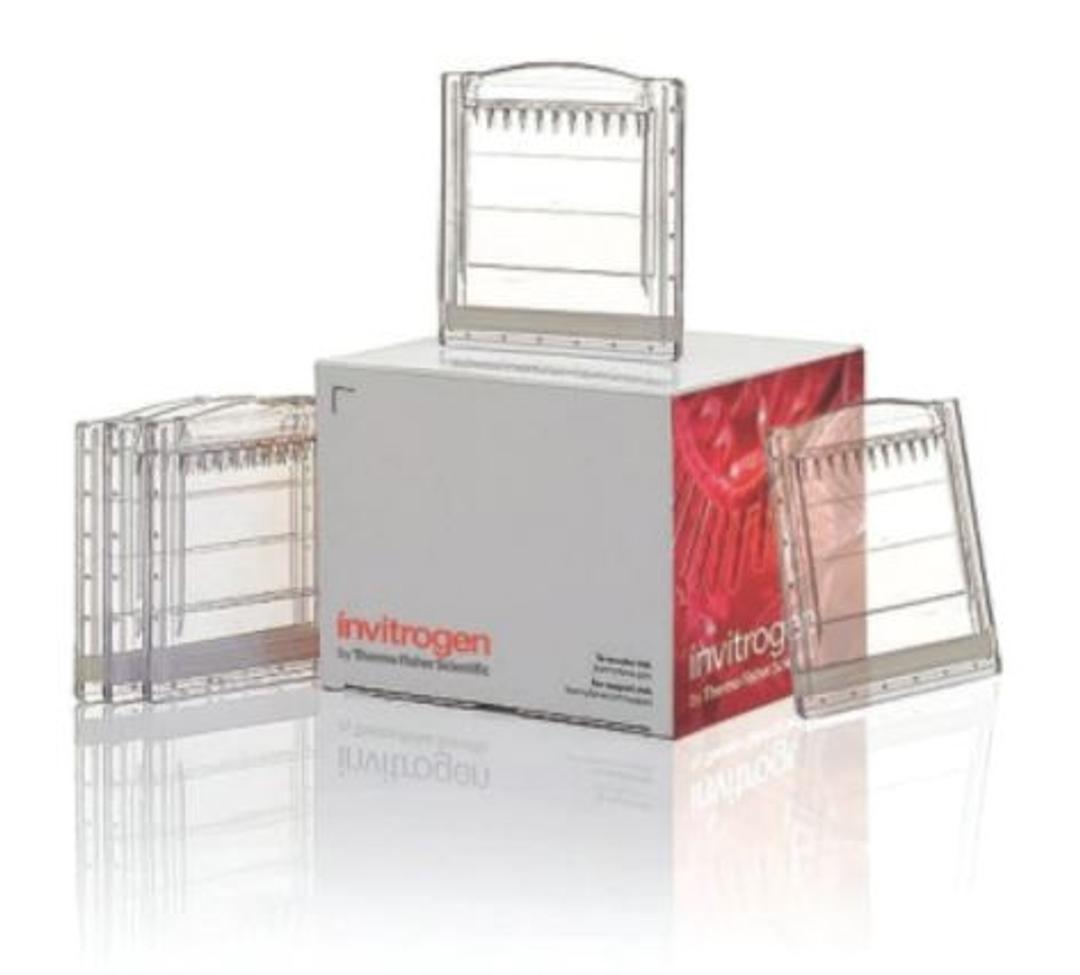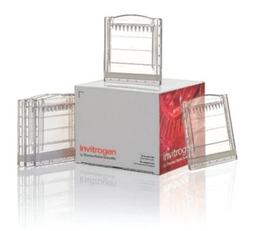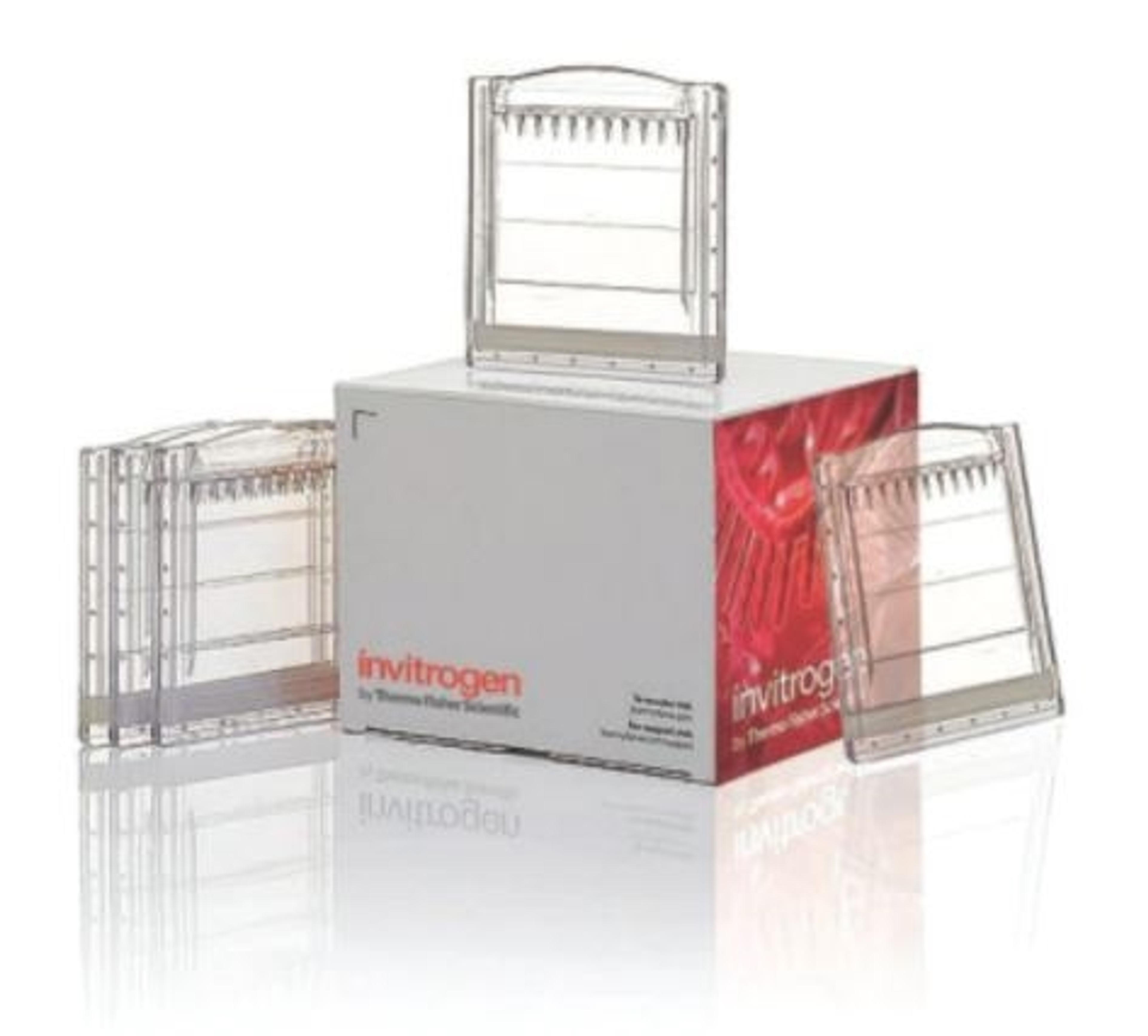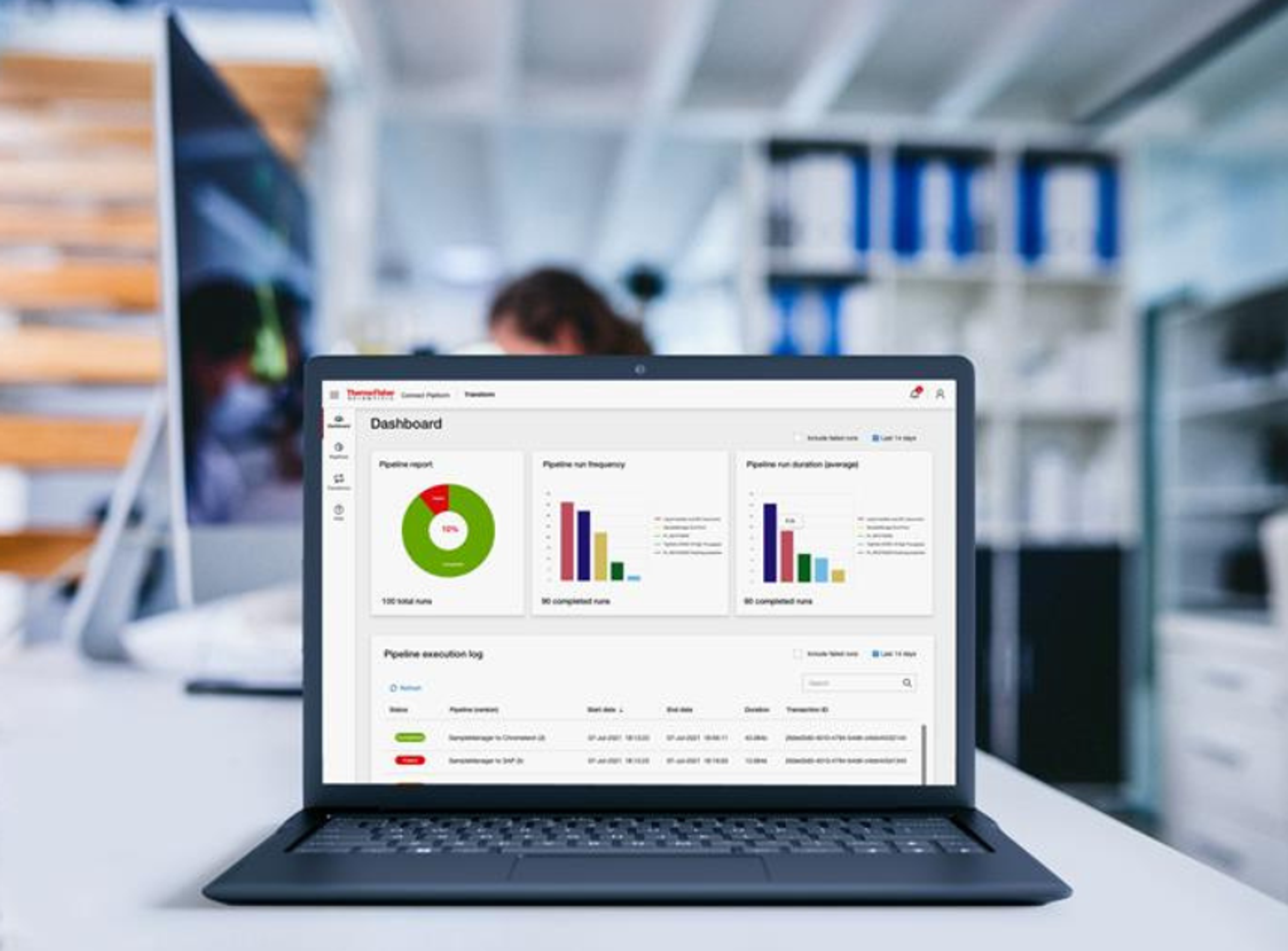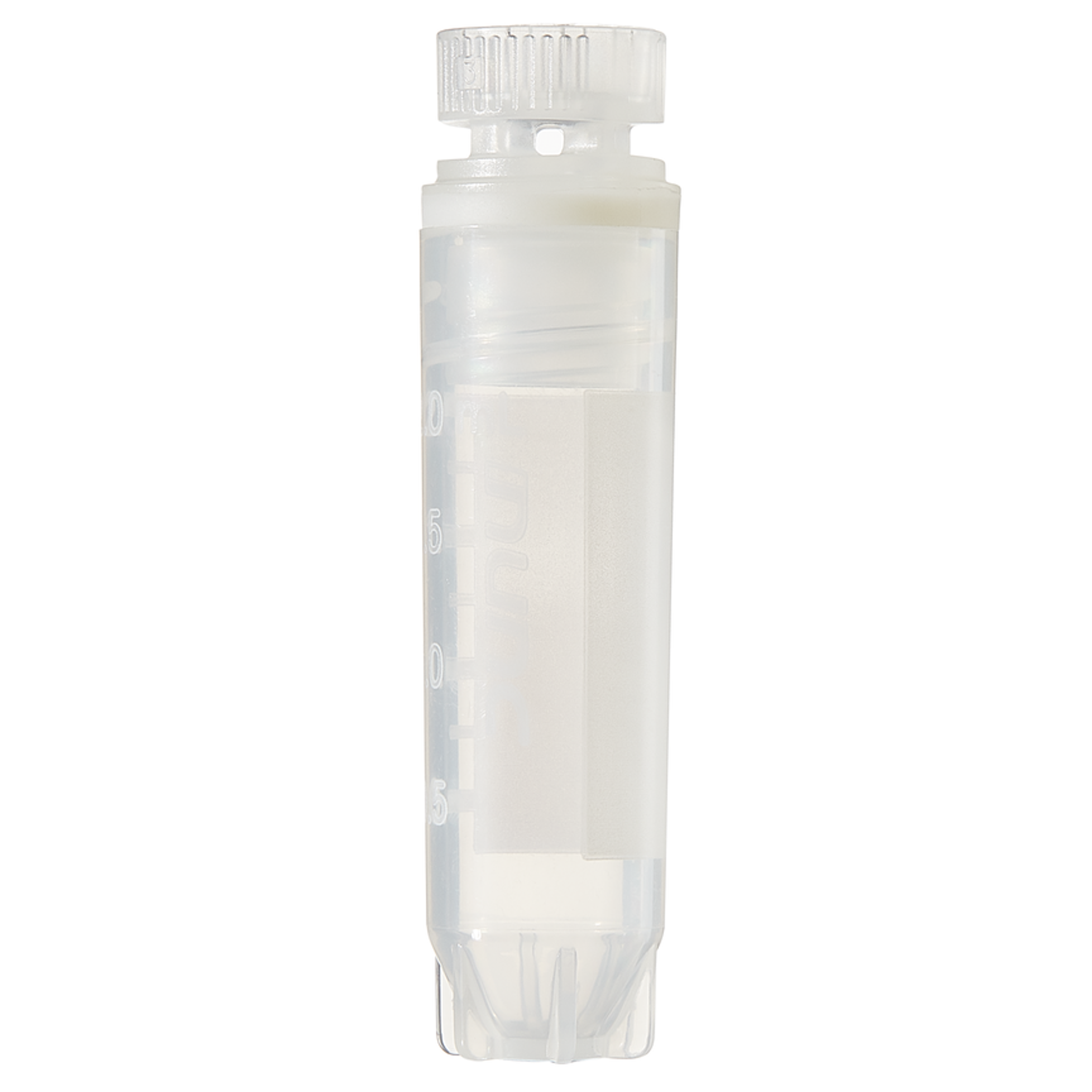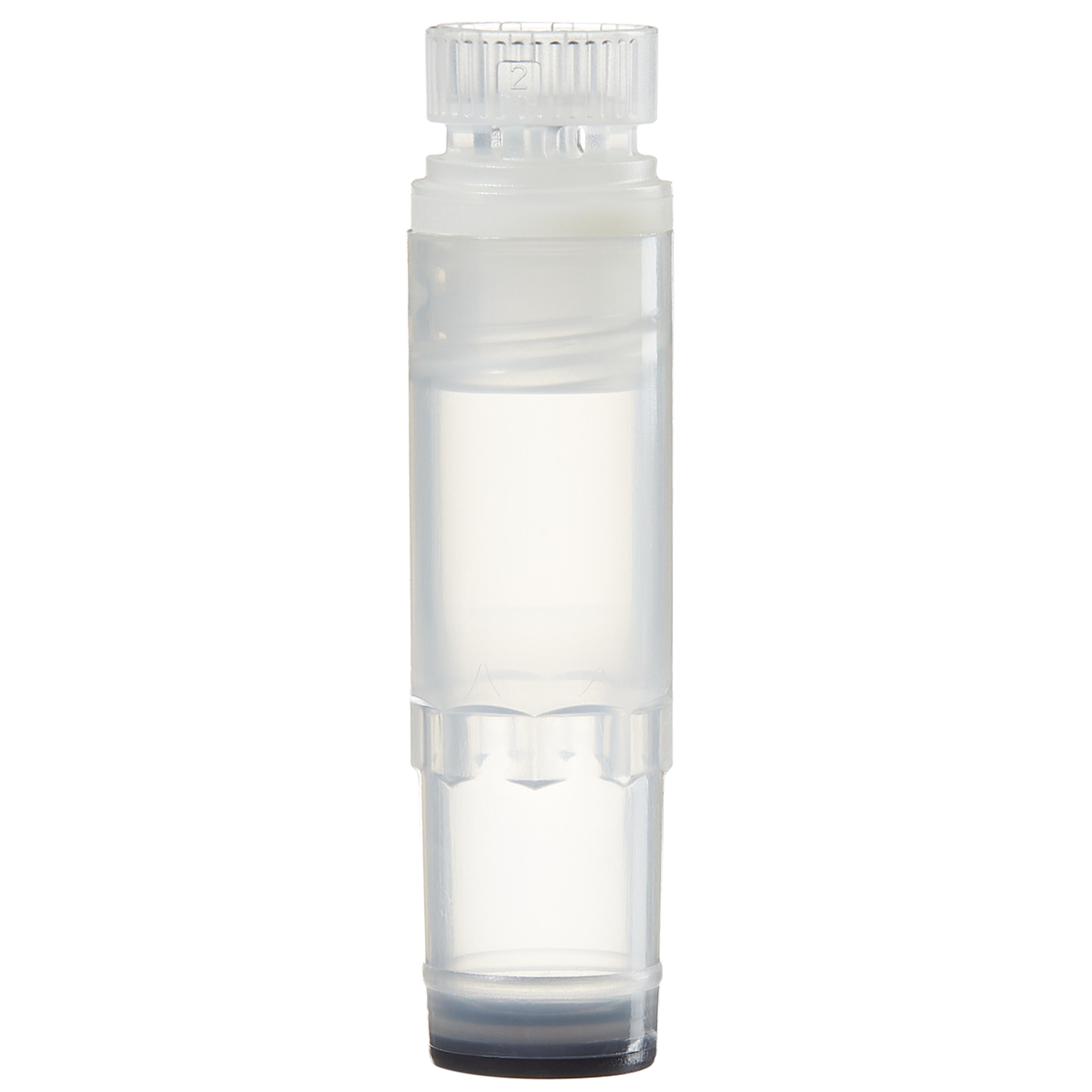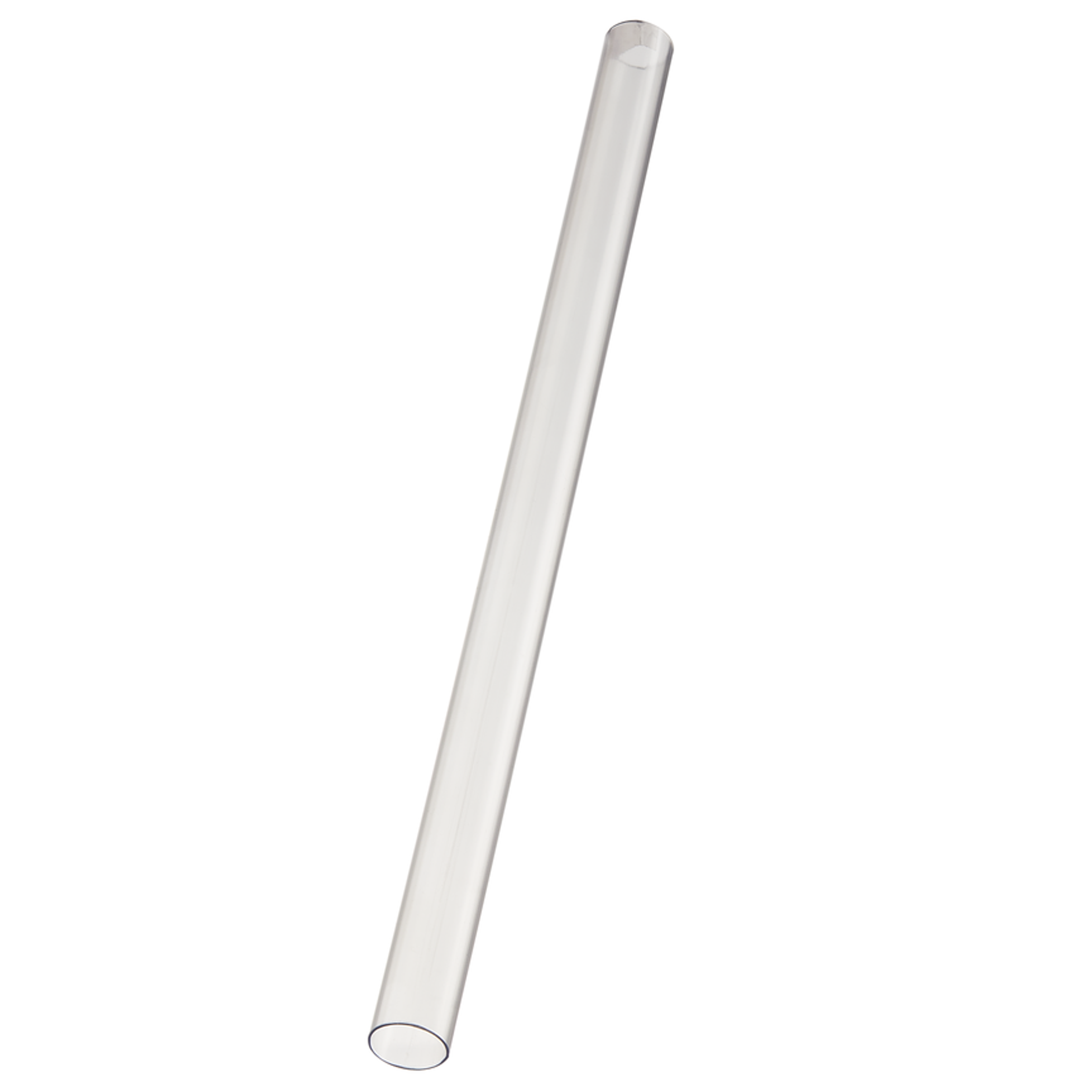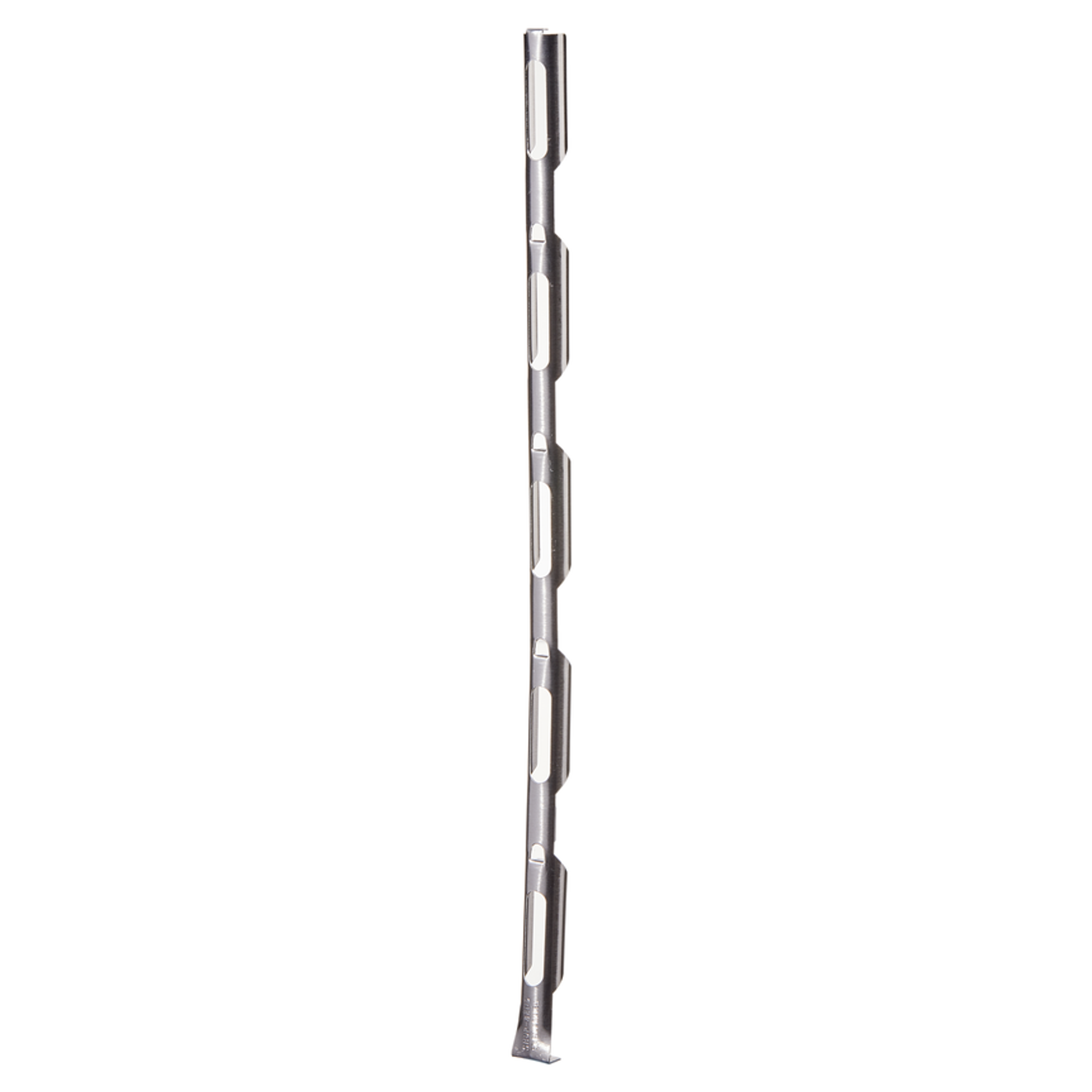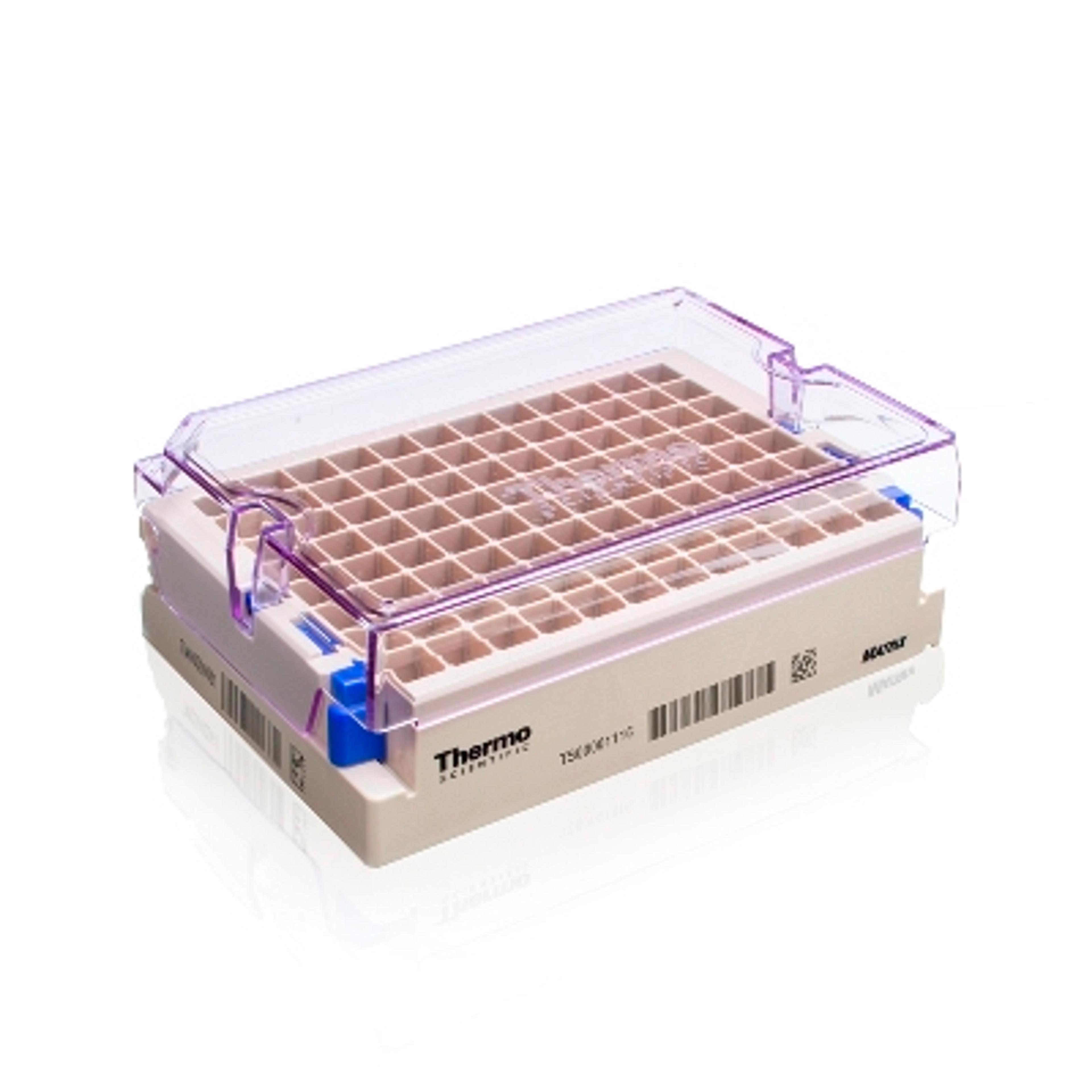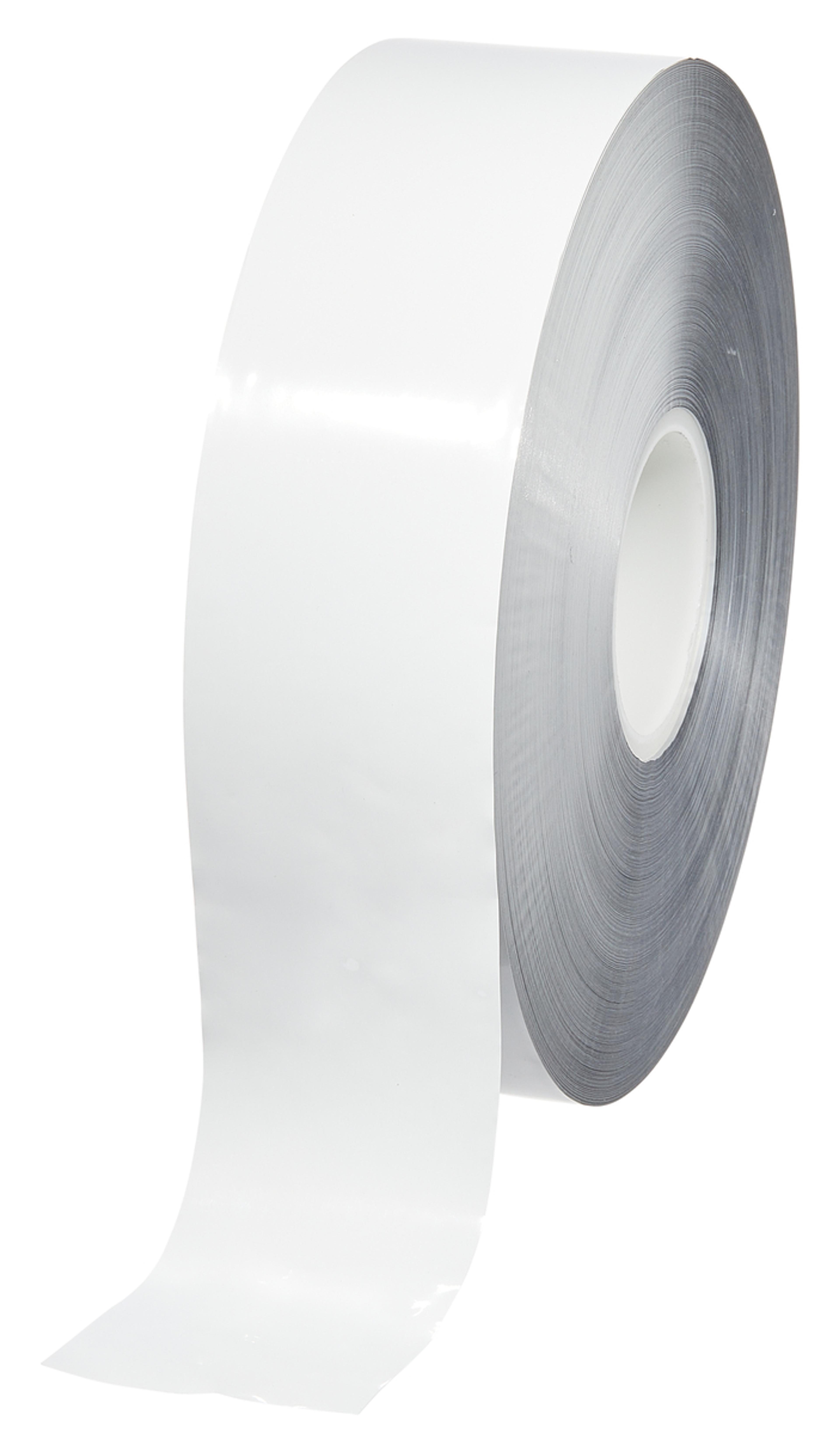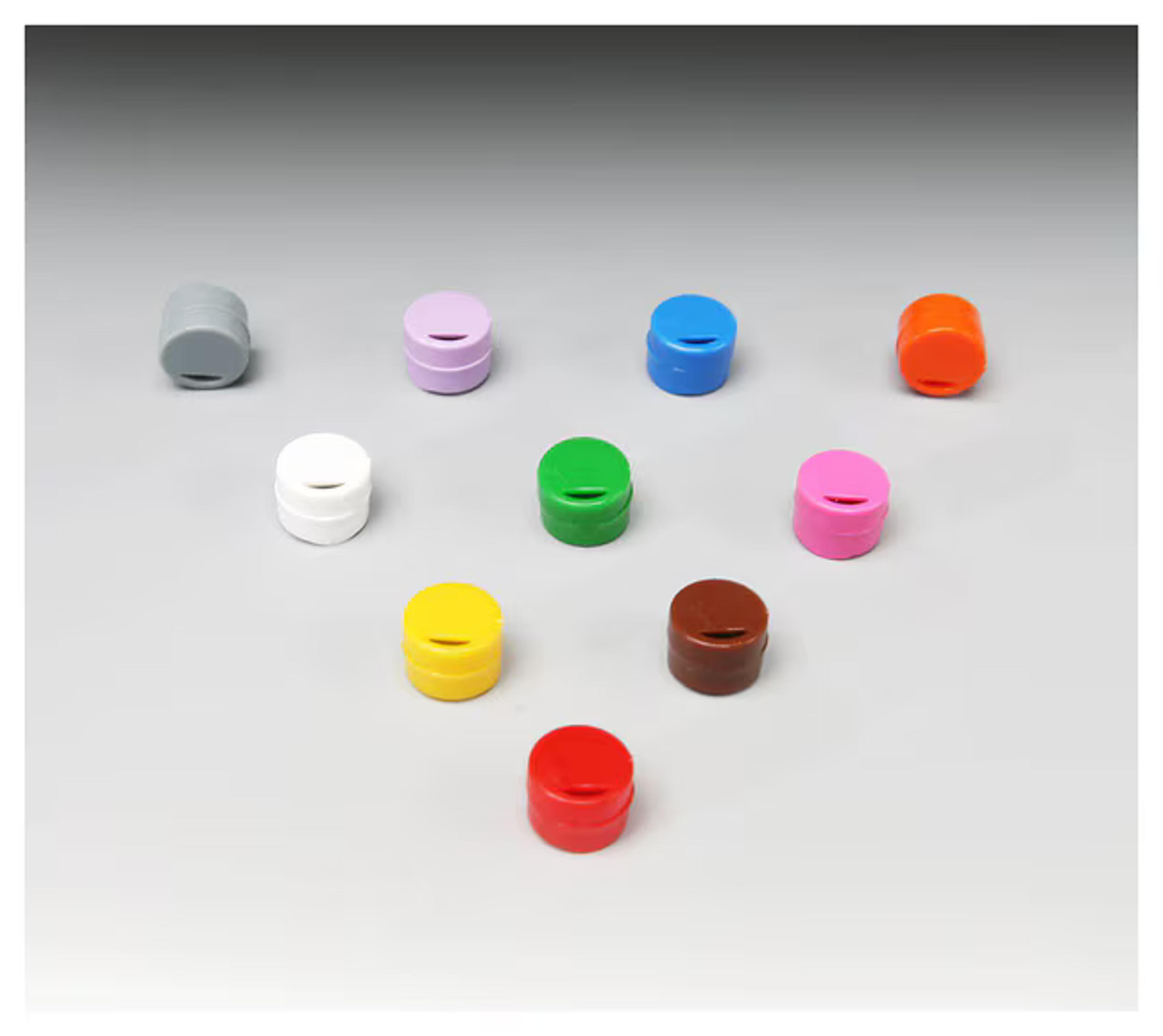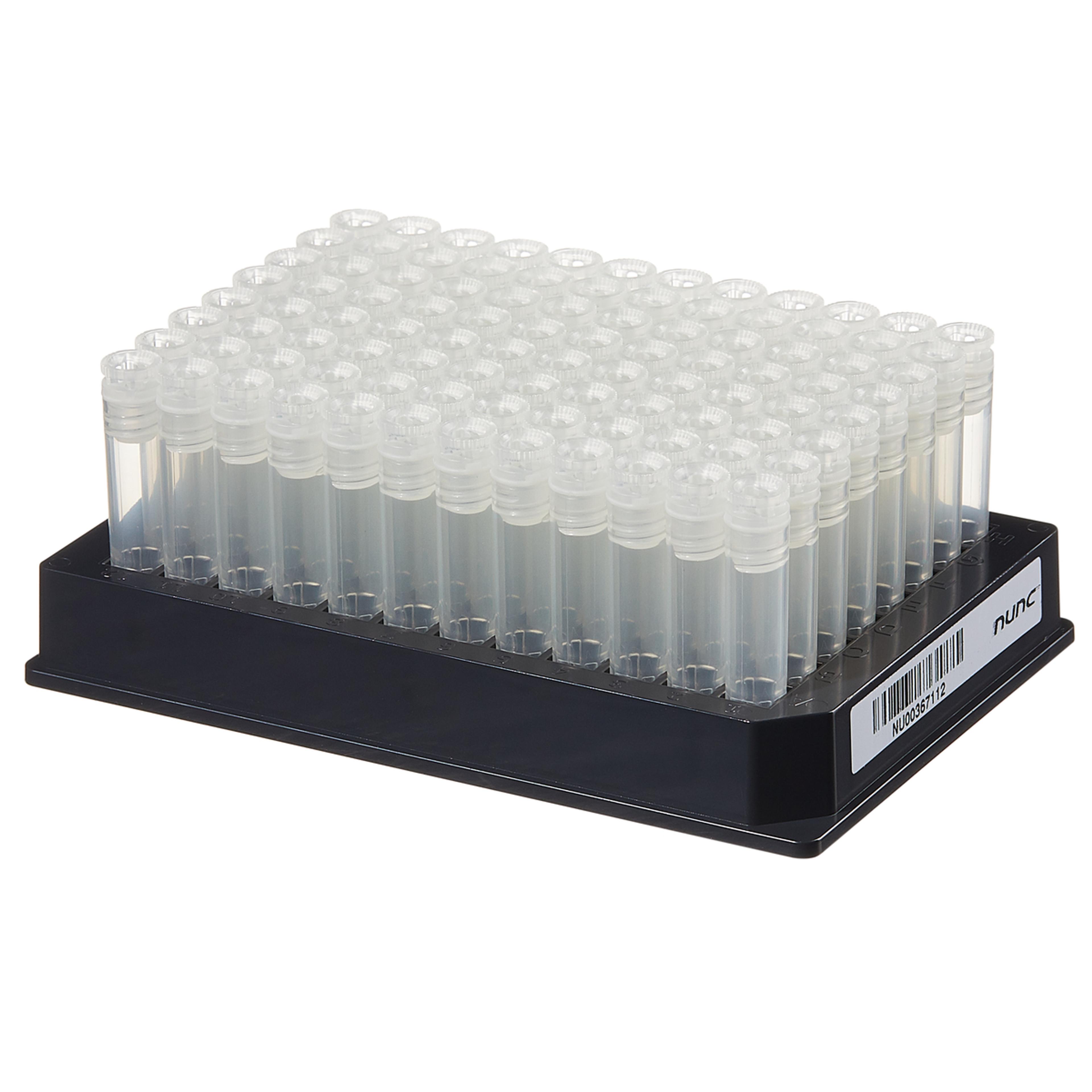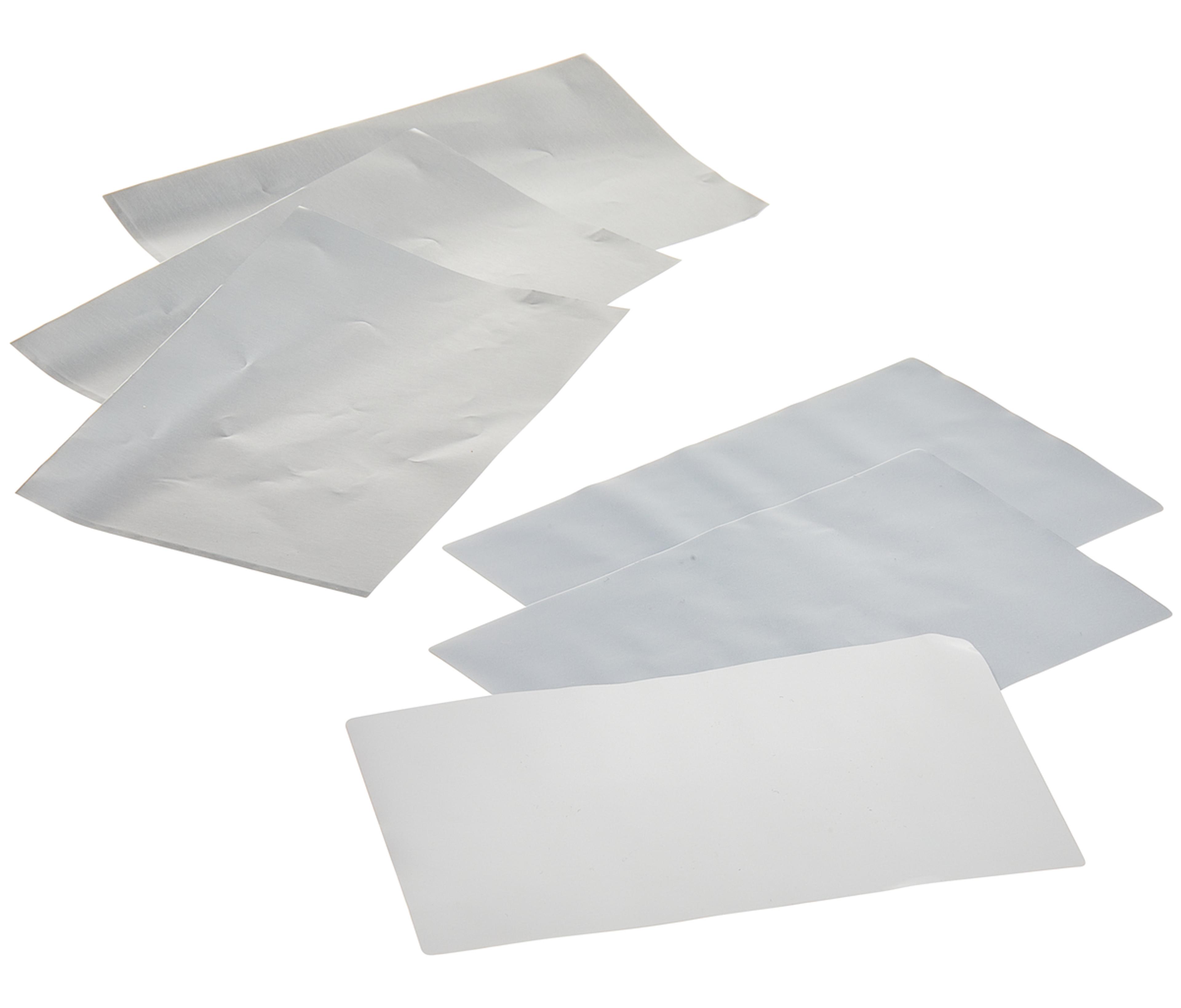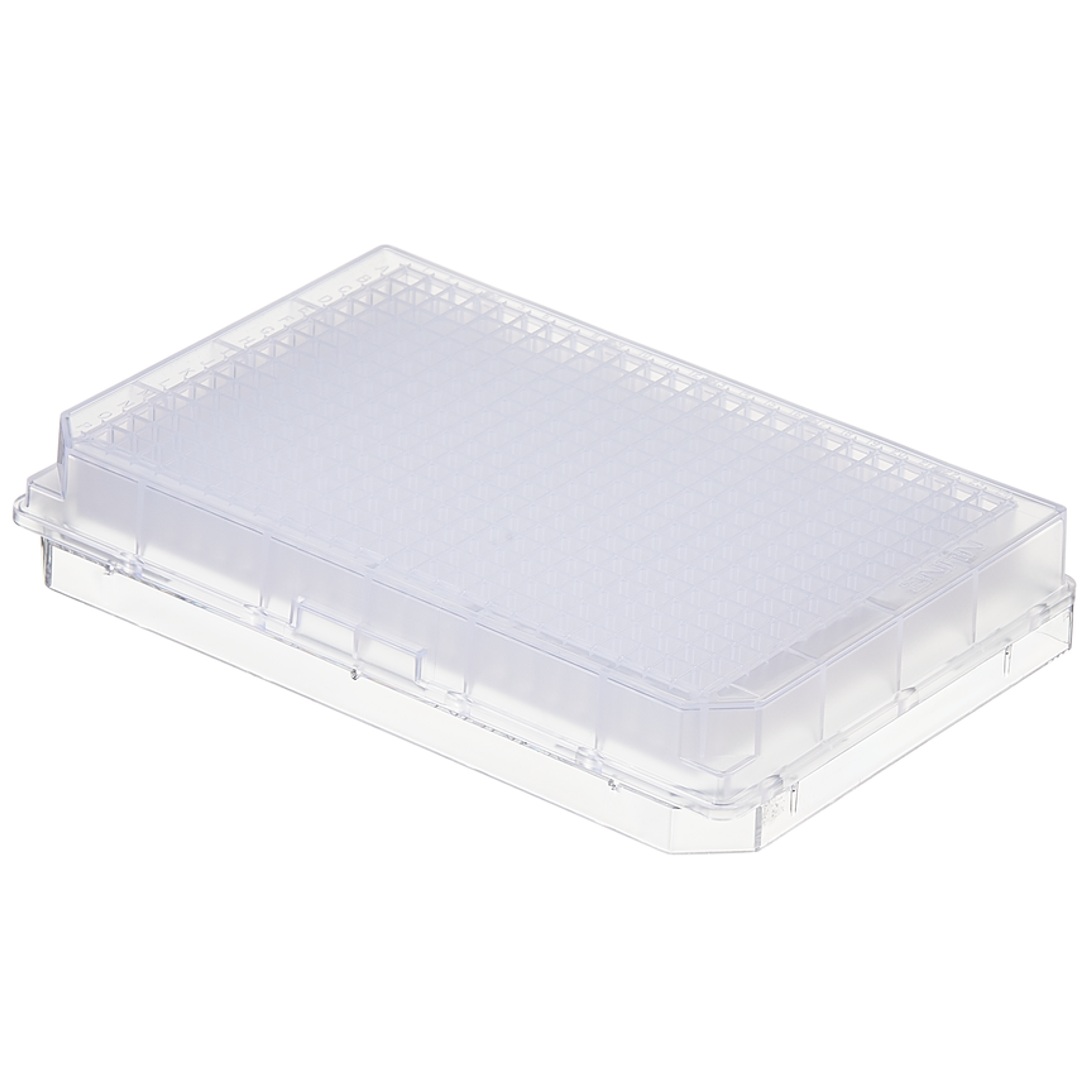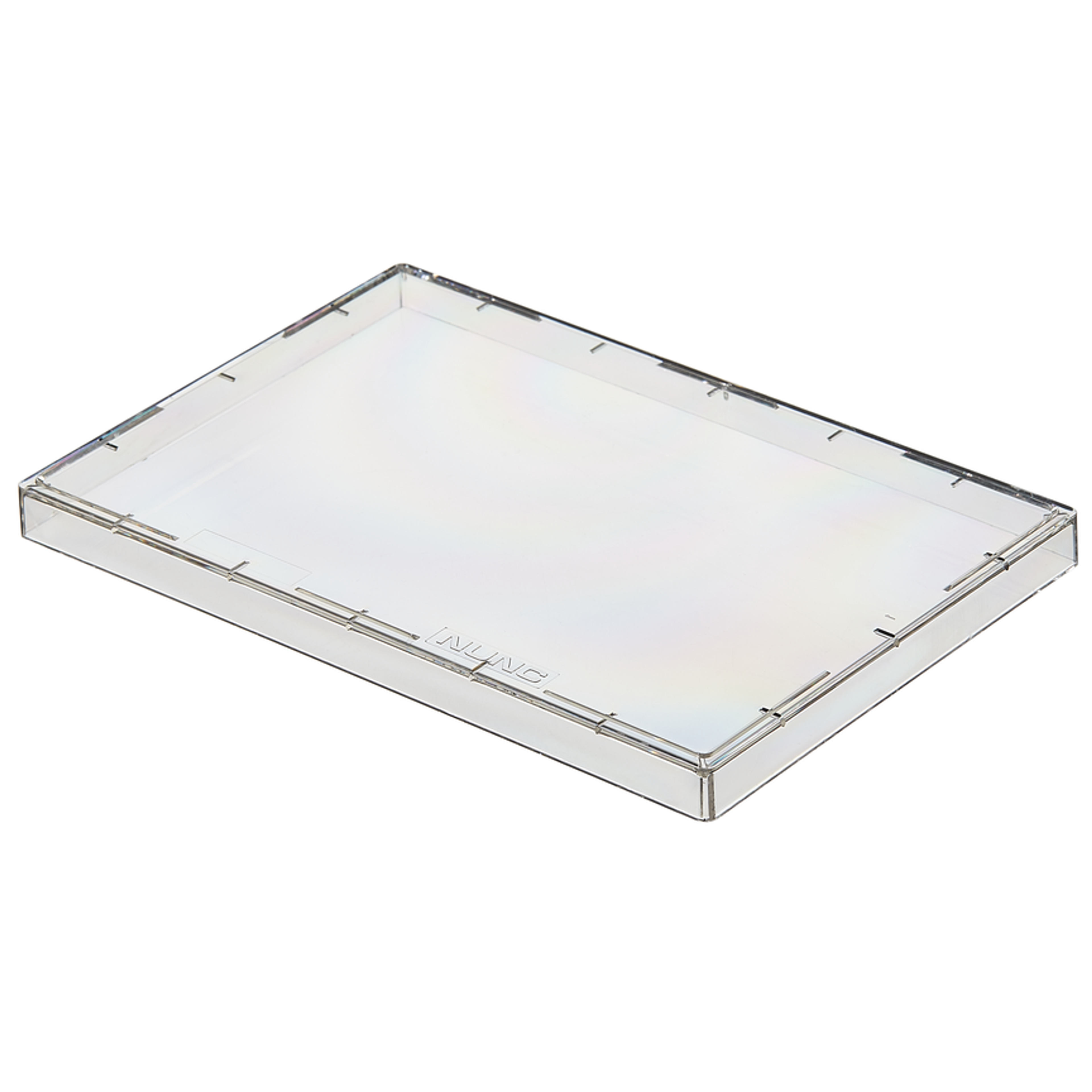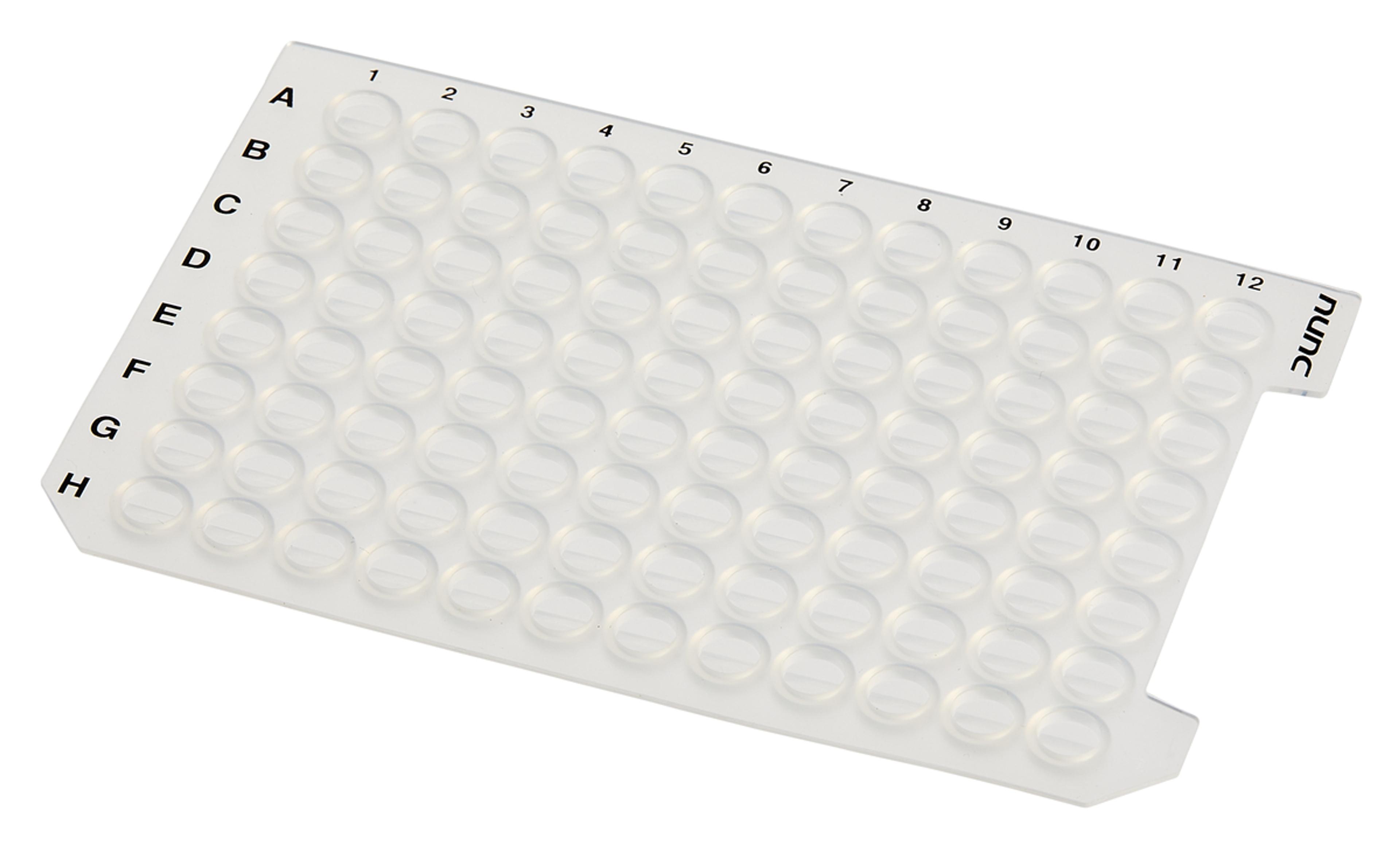NativePAGE™ 4 to 16%, Bis-Tris, 1.0 mm, Mini Protein Gel, 10-well
The Invitrogen NativePAGE Bis-Tris Gel System is a precast polyacrylamide mini-gel system that provides sensitive, high-resolution analysis of native proteins and protein complexes for molecular mass estimations, and assessment of purity.
Good results.
Analyze the expressions and structural characteristics of POI
Their protocol documents have enough information to follow, but it was a bit overwhelming to me to find the one I need for my experiments. Still it has a good quality as precast native gels. I wish they provided different percentages of native gels.
Review Date: 14 May 2021 | Thermo Fisher Scientific
The Invitrogen NativePAGE Bis-Tris Gel System is a precast polyacrylamide mini-gel system that provides sensitive, high-resolution analysis of native proteins and protein complexes for molecular mass estimations, and assessment of purity. It is based on the blue native polyacrylamide gel electrophoresis (BN PAGE) technique developed by Schägger and von Jagow, which overcomes the limitations of traditional native electrophoresis by providing a near-neutral operating pH and detergent compatibility.
Features of the NativePAGE Bis-Tris Gel System include:
- Wide molecular weight resolving range, from 15 – 10,000 kDa
- Neutral-pH separation, which better preserves the native state of protein complexes
- Resolution of all proteins in the gel regardless of their isoelectric point (pI)
- Ability to analyze membrane-protein complexes in their native conformations
- Ability to obtain better resolution than with traditional tris-glycine native electrophoresis
How NativePAGE Bis-Tris Gels work
In SDS-PAGE, SDS functions as a charge-shift molecule that denatures proteins by conferring on them a net negative charge and enables proteins to migrate towards the anode. BN PAGE uses Coomassie G-250 as the charge-shift molecule, which binds to proteins and confers a net negative charge while maintaining the proteins in their nondenatured, native state. The near-neutral pH of the NativePAGE Bis-Tris Gel System provides maximum stability of both the proteins and the gel matrix, resulting in a highly sensitive method for analysis of native membrane-protein complexes and offering superior band resolution over traditional Tris-glycine gel systems.
For transferring proteins to a membrane, we recommend using NuPAGE Transfer Buffers for traditional wet transfer and PVDF membranes. The NuPAGE transfer buffer maintains the neutral pH environment established during electrophoresis. Nitrocellulose membranes are not compatible for blotting since the membrane will bind the Coomassie G-250 dye very tightly. Alternatively, Rapid semi-dry transfer can be done using the Invitrogen Power Blotter or rapid dry transfer using the iBlot 2 Gel Transfer Device using PVDF membranes.
For Research Use Only. Not for use in diagnostic procedures.

